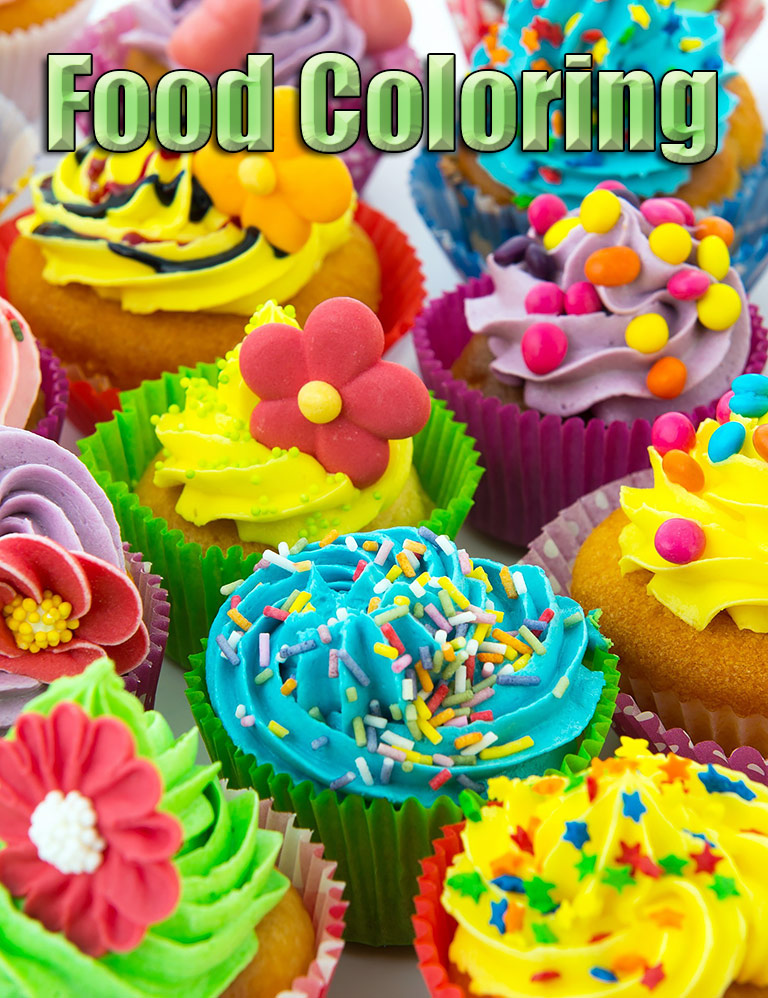
Try going a day without exposure to artificial colors. Kool-aid and Jell-O may be among the most obviously artificially colored products, but they’re far from being the only ones that Americans use on a regular basis.
Adding colors to food can make them look a lot more appealing – a tactic the food industry has been capitalizing on for decades. Would your children rather eat muted brown cereal or the rainbow-colored brand? Are you more tempted to purchase a bright green pickle, or a grayish one?
Many popular candies, drinks, popsicles, puddings, yogurts, gums, boxed mac n’ cheeses, baking mixes, pickles, meats, fruits, sauces and chips contain ingredients such as Yellow #5, Blue #1, and Red #40 – three of the most popular FDA-permitted ones. As if that’s not enough, the dye in our day isn’t limited to food. Chances are, if you take vitamins, use cough syrup, brush your teeth, wash your hands, shampoo your hair, launder your clothing and moisturize your lips on a daily basis — you come into contact with artificial dyes quite frequently.
The safety of products containing artificial colors has been a point of debate for decades – adversaries claiming that they are toxic, carcinogens and contributors to ADHD. Still, seven dyes remain on the FDA’s approved list for use in the United States. Whether or not external exposure to artificial colors is hazardous to our health is even less evident. Because personal care products that contain artificial colors almost always contain numerous other unnatural chemicals, (sodium lauryl sulfate, parabens, etc.) if a consumer experiences skin irritation or a reaction, determining the culpable ingredient can be tricky.

Food Coloring History
For centuries, people and companies used dyes derived from natural ingredients to color food. But many of these natural colors contained toxins such as mercury, copper and arsenic. Around the turn of the 20th century, scientists began formulating synthetic colors, derived from coal tar, to replace the existing toxic natural ones. Unfortunately, these synthetic alternatives have proven to have their own slew of problems.
- In 1906, the Pure Food and Drugs Act (a.k.a. the “Wiley Act”) instituted the first restrictions on color additives in the United States. In general terms, the law banned artificial colors that proved “injurious to health,” and the government hired chemist Dr. Bernard Hesse to investigate which of the existing 80 dyes being used in foods were safe enough to keep legal. The next three decades saw a process of eliminating colors that caused recurrent adverse health effects in the public.
- By 1938, only 15 synthetic colors were still legal, and those were subsequently divided into three categories: those suitable for foods, drugs, and cosmetics; those suitable only for drugs and cosmetics; and those suitable only for cosmetics.
Today only seven colors remain on the FDA’s approved list. Almost every decade, another coal tar issue surfaces, eliminating more and more of the artificial additives in America. For example, after Halloween in 1950, the government banned Orange #1 when many children became ill after consumption. In the 1970s, scientific testing pointed to Red #2’s potential carcinogenic properties (caused intestinal tumors in rats), and it too was banned. Yellows #1, #2, #3, and #4 are among the others that have since been made illegal, and Yellow #5 is currently undergoing further testing for links to hyperactivity, anxiety, migraines and cancer (the color has already been banned in many European countries).
Artificial Colors and ADHD
The link between artificial colors and behavioral problems is a concern, especially for parents of children diagnosed with ADHD. But conflicting results from studies among scientists explains why there are still seven approved colors in the United States. The CSPI (Center for Science in the Public Interest), a non-profit watchdog group, continues to push to ban the existing dyes, or at least apply warning labels on products that contain them, like the E.U. does for six.
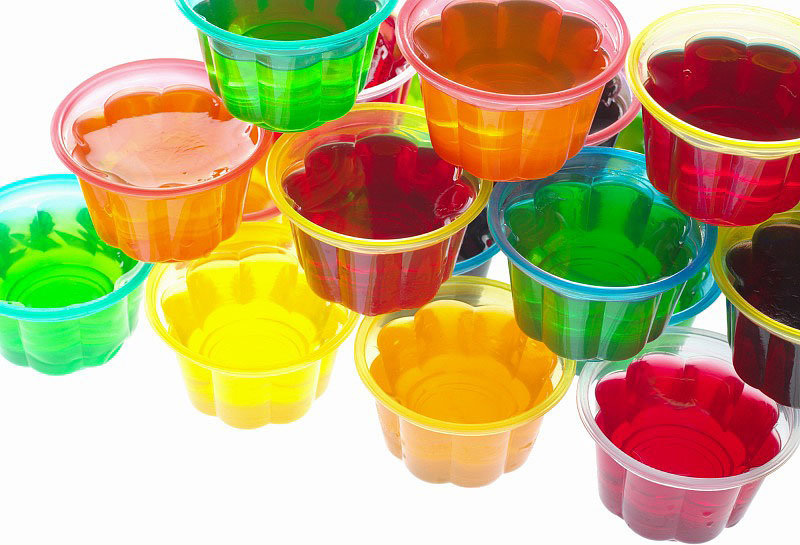
After a study in 2007 at the University of Southampton, the six dyes that came to be known as the “Southampton Six” were linked to hyperactivity in children, and now require warning labels in the E.U. The FDA, however, is not so convinced that such measures are necessary.
Food Companies Reactions
Not surprisingly, the Grocers Manufacturing Association, whose members include Coca-Cola, Nestle and General Mills, questions the validity of these studies and claims made by groups such as the CSPI. While the FDA does not reject the proposition that the remaining approved artificial colors may carry adverse health effects, its representatives generally agree, stating that further evidence is needed before another ban is enacted. FDA scientists have theorized that bad reactions to artificial colorings in certain individuals may be similar to a food allergy, in that they only affect a small group of people and need be avoided by those select individuals only, as opposed to the entire public.
The IFIC (International Food Info Council), an independent foundation that strives to communicate “science-based information on health, nutrition and food safety for the public good,” has weighed in on the labeling debate too. According to Senior Director of the Food Ingredient department for the IFIC, Lindsey Loving, warning labels could do more harm than good. “Adding a warning statement could confuse the general public for whom the message is not intended, and could cause alarm regarding safe food ingredients that have been consumed by the general public for years,” Loving stated.

In the U.S., many popular products rely heavily on artificial colors, placing pressure on the FDA to both protect the consumer, and avoid making unnecessary regulations based on shaky evidence that could put such companies out of business. While companies that use artificial colors as subtle ingredients to enhance the appearance of food would have to tweak their recipes, candy and cereal companies would take the hardest blows. If Red #40 and Yellow #5 disappear, how will children be able to “experience the rainbow” (Skittles’ tagline)?
Future of 7 Remaining Artificial Colors
Outlawing the seven remaining artificial colors is like requiring that car manufacturers make only electric or extremely fuel-efficient automobiles — forcing companies to either drop the products from their line or create entirely new formulas in the interest of public health. For companies that rely on coal tar colors, the cost of finding replacement ingredients, changing recipes, and possibly losing sales due to a less visually-appealing product, may be a death sentence.
Luckily for the concerned consumer, the future is not all grim. More and more companies are taking a different approach to marketing by tapping into buyers’ desire for natural products. The cheese industry is making a shift toward using annatto color (natural derivative from achiote seeds) to replace Yellow #5. Naturally colored and flavored alternatives to gummies, lollipops, cereals, yogurts and gums stock the shelves of many American grocery stores; you’ve surely seen that label by now: “Contains no artificial colors, flavors or preservatives.” Even pet food manufacturers are heading down the natural route. So while the FDA may not outlaw the seven remaining artificial colors tomorrow, Americans increasingly have access to naturally colored products, thus bestowing upon us the power of choice.


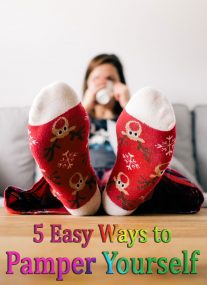
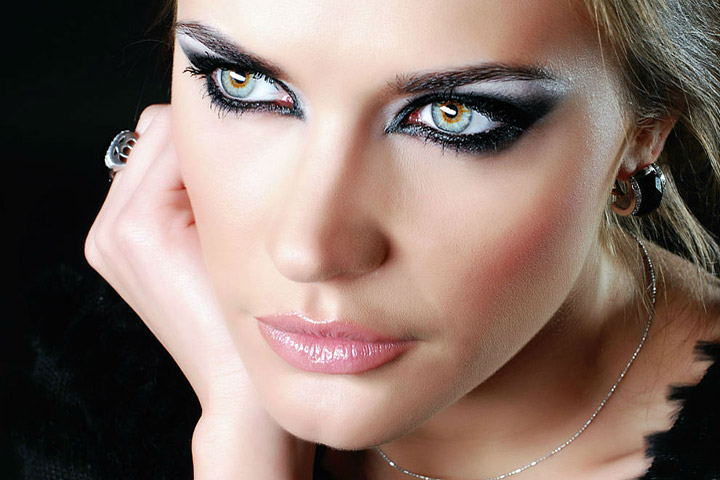
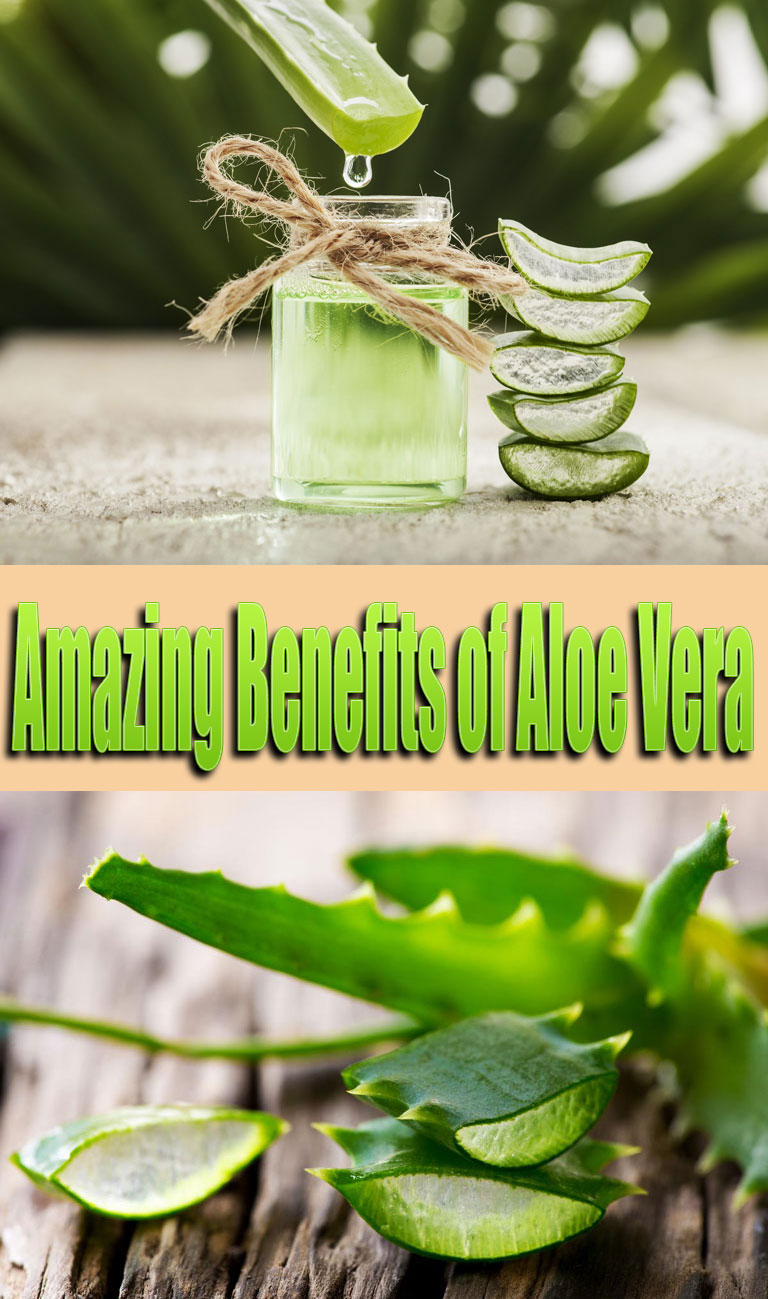
Leave a Reply